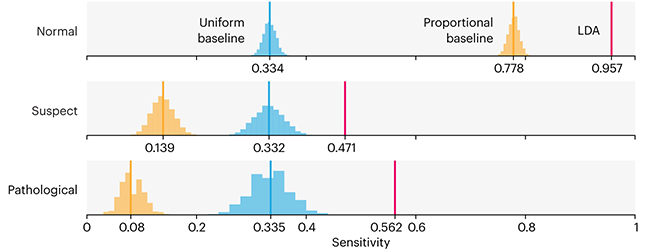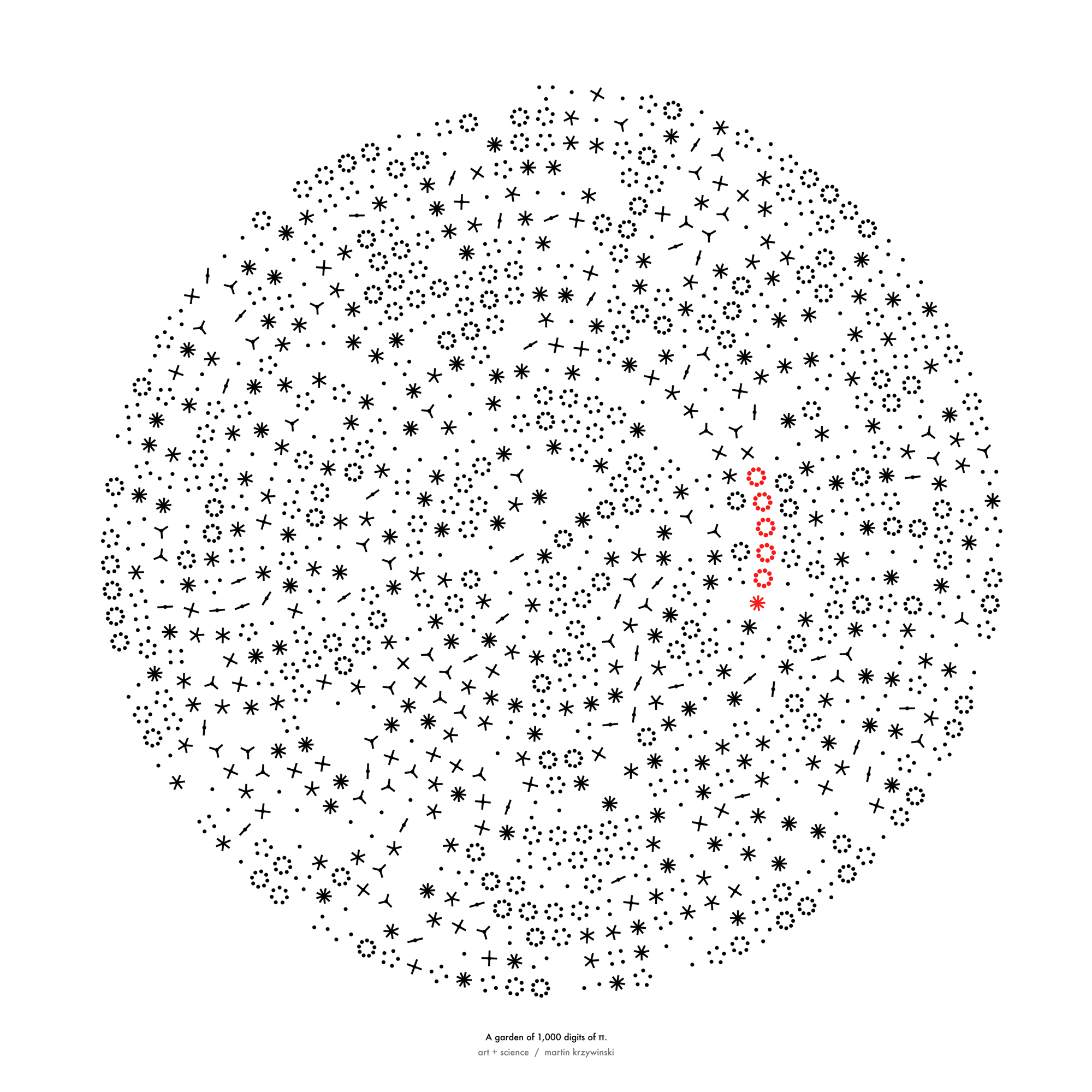Dummer - Like Nothing Else / A Hummer Satire
The Dummer project might give you the impression that I don't like Hummers. You'd be right.

The project was well received by The New York Times and very poorly by someone who felt sending me hate mail was a good idea. It was — I loved it.
Other Hummer satires include fuh2.com — there's some hope for us all.
The World's Most Popular Questions
What are the world's most popular questions? After all, what we know defines us as much as what we ask. So, let's look at who we are.
Using Google's autocomplete feature, which suggests the most similar searches to the one you have entered, I maintain a real-time compilation of the most common questions asked by millions of worldwide internet users.
This project (a) yields insight into the zeitgeist and (b) scares me. My reason for fright are questions such as these:
General Issues
How do people do extreme couponing?
Why can't I hold all these limes?
Why do I always feel like murdering everyone?
What's up with the World
Is the world really flat?
is the world being controlled by aliens?
Limits & Desires
What happens if I make a formal commitment to Satan?
Love & Heart
Why is my boyfriend so insecure?
Why is my girlfriend so emotional?
Health
My head is full of pretty lumps.
Pain & Suffering
my elbow is dark and dry
why do I continue to hit myself with a hammer?
when does my head stop growing?
Sizes & Extremes
Who is the most powerful Jedi?
Where is the hardest part of your head?
Religion & Faith
Can Jesus microwave a burrito?
Can I pray with my eyes open?
Should I pray for a husband?
Neologisms - New Words, Much Needed
I like words. The pleasure of effectively using acerebral and defenestrate in the same sentence cannot be understated.
On occassion I found myself in a situation where no word fit, existing or that I know about. Instead of rushing to the dictionary, I decided to make up my own, such as inconversible (a statement without a logical converse), mystific (unexplainably wonderful), postpetizer (course ordered after dessert), prenopsis (a summary of something formulated before it was experienced), suscitate (breathe life into, for the first time), and others.
The current list of my neologisms is circos plot, compure, culturally inconversible, dependers, ee spammings, existangsty, fezday, hilbertonian, hive panel, hive plot, inconversible, metaomome, mystific, naytheism, naytheist, nes, neuroterror, neuroterrorism, newgrade, noward, nonposter, oldgrade, omome, omeomics, omicsophy, over, piddle, port knocking, postpetizer, pregratulate, prekfast, prenopsis, prepetizer, quinty, ratio hive, spammings, suscitate, unappropriate .
HDTR: High Dynamic Time Range Photography - Visualizing the Flow of Time
The HDTR method is a new approach to depicting the passage of time. High Dynamic Time Range (HDTR) images and are a composite of many photos taken over a long period of time, such as a day or even longer. Each part of the HDTR image is sampled from a different photo, either by column or row.

For example, the left part of the HDTR image might show the scene from 7am and the very right from 8pm, capturing the variation in light across an entire day.

Nasa to send our human genome discs to the Moon
We'd like to say a ‘cosmic hello’: mathematics, culture, palaeontology, art and science, and ... human genomes.



Comparing classifier performance with baselines
All animals are equal, but some animals are more equal than others. —George Orwell
This month, we will illustrate the importance of establishing a baseline performance level.
Baselines are typically generated independently for each dataset using very simple models. Their role is to set the minimum level of acceptable performance and help with comparing relative improvements in performance of other models.

Unfortunately, baselines are often overlooked and, in the presence of a class imbalance5, must be established with care.
Megahed, F.M, Chen, Y-J., Jones-Farmer, A., Rigdon, S.E., Krzywinski, M. & Altman, N. (2024) Points of significance: Comparing classifier performance with baselines. Nat. Methods 20.
Happy 2024 π Day—
sunflowers ho!
Celebrate π Day (March 14th) and dig into the digit garden. Let's grow something.

How Analyzing Cosmic Nothing Might Explain Everything
Huge empty areas of the universe called voids could help solve the greatest mysteries in the cosmos.
My graphic accompanying How Analyzing Cosmic Nothing Might Explain Everything in the January 2024 issue of Scientific American depicts the entire Universe in a two-page spread — full of nothing.
The graphic uses the latest data from SDSS 12 and is an update to my Superclusters and Voids poster.
Michael Lemonick (editor) explains on the graphic:
“Regions of relatively empty space called cosmic voids are everywhere in the universe, and scientists believe studying their size, shape and spread across the cosmos could help them understand dark matter, dark energy and other big mysteries.
To use voids in this way, astronomers must map these regions in detail—a project that is just beginning.
Shown here are voids discovered by the Sloan Digital Sky Survey (SDSS), along with a selection of 16 previously named voids. Scientists expect voids to be evenly distributed throughout space—the lack of voids in some regions on the globe simply reflects SDSS’s sky coverage.”
voids
Sofia Contarini, Alice Pisani, Nico Hamaus, Federico Marulli Lauro Moscardini & Marco Baldi (2023) Cosmological Constraints from the BOSS DR12 Void Size Function Astrophysical Journal 953:46.
Nico Hamaus, Alice Pisani, Jin-Ah Choi, Guilhem Lavaux, Benjamin D. Wandelt & Jochen Weller (2020) Journal of Cosmology and Astroparticle Physics 2020:023.
Sloan Digital Sky Survey Data Release 12
Alan MacRobert (Sky & Telescope), Paulina Rowicka/Martin Krzywinski (revisions & Microscopium)
Hoffleit & Warren Jr. (1991) The Bright Star Catalog, 5th Revised Edition (Preliminary Version).
H0 = 67.4 km/(Mpc·s), Ωm = 0.315, Ωv = 0.685. Planck collaboration Planck 2018 results. VI. Cosmological parameters (2018).
constellation figures
stars
cosmology
Error in predictor variables
It is the mark of an educated mind to rest satisfied with the degree of precision that the nature of the subject admits and not to seek exactness where only an approximation is possible. —Aristotle
In regression, the predictors are (typically) assumed to have known values that are measured without error.
Practically, however, predictors are often measured with error. This has a profound (but predictable) effect on the estimates of relationships among variables – the so-called “error in variables” problem.

Error in measuring the predictors is often ignored. In this column, we discuss when ignoring this error is harmless and when it can lead to large bias that can leads us to miss important effects.
Altman, N. & Krzywinski, M. (2024) Points of significance: Error in predictor variables. Nat. Methods 20.
Background reading
Altman, N. & Krzywinski, M. (2015) Points of significance: Simple linear regression. Nat. Methods 12:999–1000.
Lever, J., Krzywinski, M. & Altman, N. (2016) Points of significance: Logistic regression. Nat. Methods 13:541–542 (2016).
Das, K., Krzywinski, M. & Altman, N. (2019) Points of significance: Quantile regression. Nat. Methods 16:451–452.
Convolutional neural networks
Nature uses only the longest threads to weave her patterns, so that each small piece of her fabric reveals the organization of the entire tapestry. – Richard Feynman
Following up on our Neural network primer column, this month we explore a different kind of network architecture: a convolutional network.
The convolutional network replaces the hidden layer of a fully connected network (FCN) with one or more filters (a kind of neuron that looks at the input within a narrow window).

Even through convolutional networks have far fewer neurons that an FCN, they can perform substantially better for certain kinds of problems, such as sequence motif detection.
Derry, A., Krzywinski, M & Altman, N. (2023) Points of significance: Convolutional neural networks. Nature Methods 20:1269–1270.
Background reading
Derry, A., Krzywinski, M. & Altman, N. (2023) Points of significance: Neural network primer. Nature Methods 20:165–167.
Lever, J., Krzywinski, M. & Altman, N. (2016) Points of significance: Logistic regression. Nature Methods 13:541–542.



